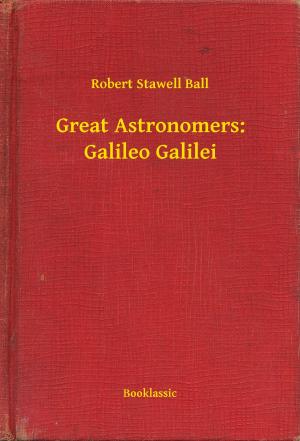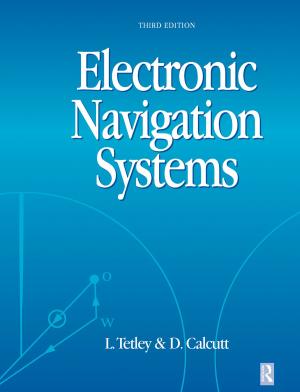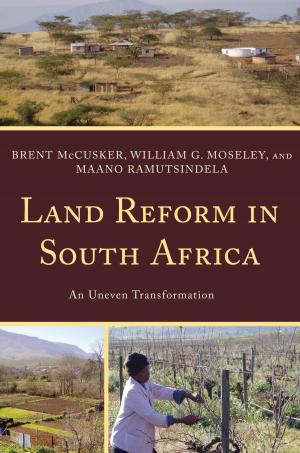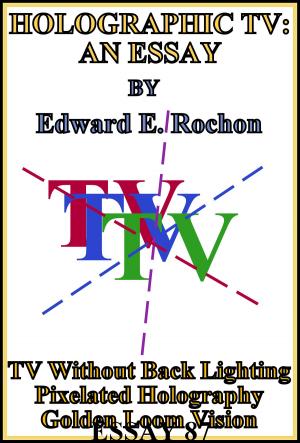Towards a Better Way of Knowing
Book 2
Nonfiction, Religion & Spirituality, Christianity, Christian Science, Philosophy, Epistemology, Science & Nature| Author: | Veneto Keyter | ISBN: | 1230001145502 |
| Publisher: | Veneto Keyter | Publication: | May 25, 2016 |
| Imprint: | Second | Language: | English |
| Author: | Veneto Keyter |
| ISBN: | 1230001145502 |
| Publisher: | Veneto Keyter |
| Publication: | May 25, 2016 |
| Imprint: | Second |
| Language: | English |
This book is the second in the series on how to develop a “better” worldview, and thence a better understanding of how normal people can understand the relationship (and current lack thereof) between the natural sciences and religion. It is also so that scientists can venture onto the field of philosophy and religion, and vice versa. The current big mouth scientists in the world venturing onto these last mentioned fields are infuriating in their lack of grasping what they are busy with when they foray onto these other fields. The same accounts for those preachers who turn their back on science and go with “blind faith”. For the definition of a worldview, and more about the two types of characters referenced above, please read Book 1 The Nature of Truth, which is free and provides the proper background to the rest of the series. If it is not free on Amazon, please go tohttp://www.venetokeyter.weebly.com, or https://store.kobobooks.com/en-us/ebook/the-nature-of-truth-2.
To summarize: basically all of humanity throughout all of history has a worldview which is formed in us by external factors from even before our births, and which are basically set in stone by the age of 13. A worldview determines the way you judge over everything that crossed our life paths. This series is meant to help the reader to understand what formed his/her worldview, to realize that, whatever your worldview is, it is probably too simple and does not help us understand all the things discovered or happening in this world.
This series is meant to help the reader make more sense of this world where there are so much that do not fit into our various reference systems. My wish is for the reader to become a wiser person, and to have him develop a worldview that is more mature than the natural one that basically stopped developing at the age of 13. We might even be able to develop our moral reference system past the age of 9, when our morals were formed. For more on this, please refer to the works of inter alia George Barna. (Barna, 2003)
Is it any wonder the world looks as it does today, if we take into account that we all sit with morals and systems by which we judge literally EVERY little thing we encounter, that have been largely formed by the ages of 9 and 13? We owe it to ourselves, not to mention future generations, to develop our worldview further.
This book is the second in the series on how to develop a “better” worldview, and thence a better understanding of how normal people can understand the relationship (and current lack thereof) between the natural sciences and religion. It is also so that scientists can venture onto the field of philosophy and religion, and vice versa. The current big mouth scientists in the world venturing onto these last mentioned fields are infuriating in their lack of grasping what they are busy with when they foray onto these other fields. The same accounts for those preachers who turn their back on science and go with “blind faith”. For the definition of a worldview, and more about the two types of characters referenced above, please read Book 1 The Nature of Truth, which is free and provides the proper background to the rest of the series. If it is not free on Amazon, please go tohttp://www.venetokeyter.weebly.com, or https://store.kobobooks.com/en-us/ebook/the-nature-of-truth-2.
To summarize: basically all of humanity throughout all of history has a worldview which is formed in us by external factors from even before our births, and which are basically set in stone by the age of 13. A worldview determines the way you judge over everything that crossed our life paths. This series is meant to help the reader to understand what formed his/her worldview, to realize that, whatever your worldview is, it is probably too simple and does not help us understand all the things discovered or happening in this world.
This series is meant to help the reader make more sense of this world where there are so much that do not fit into our various reference systems. My wish is for the reader to become a wiser person, and to have him develop a worldview that is more mature than the natural one that basically stopped developing at the age of 13. We might even be able to develop our moral reference system past the age of 9, when our morals were formed. For more on this, please refer to the works of inter alia George Barna. (Barna, 2003)
Is it any wonder the world looks as it does today, if we take into account that we all sit with morals and systems by which we judge literally EVERY little thing we encounter, that have been largely formed by the ages of 9 and 13? We owe it to ourselves, not to mention future generations, to develop our worldview further.















